Suzan Dlouhy is a Mum, fashion designer, DJ, teacher and singer/songwriter whose commitment to sustainable and ethical fashion led her to create her own label: SZN. Influenced by her migrant parents’ zero waste attitude and tertiary studies in Environmental Policy, Suzan’s work includes Japanese Boro and Sashiko repairs and even a wearable sound system made from speakers found at the tip. In this interview, Suzan discusses the role music plays in her creative process and the current state of Australia’s slow-fashion industry.
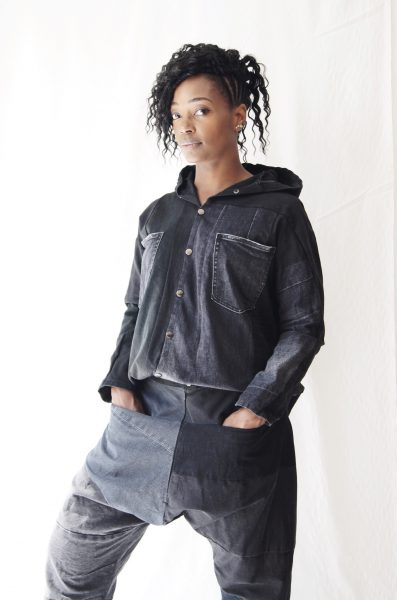
Tell us a little bit about yourself and what you do.
I’m a Mum, fashion designer, DJ, teacher and singer songwriter. I collect jobs like I collect records! I am based in Preston, Victoria. My happiness is listening to music in my studio, designing and making sustainable fashion for my label SZN. I teach clothing production to a fabulous group of women at Second Stitch in Coburg. And can be found around town playing records or my banjo-ish guitar.
How did you start your creative practice and why?
As a person who likes to question how things work, design is essentially problem solving and I’ve been doing that forever. My grandmother gave me my first sewing kit and my dad taught me how to sew, so I have been trying to turn paper and fabric into clothes since I was about 8 years old. I guess I was trying to present myself a certain way and either couldn’t afford or find clothes that matched that, so I’m used to tweaking things so they work for me. Then I decided to study Fashion at Canberra Institute of Technology and I found a professional way to channel my ever questioning.
Where did you grow up and has it influenced what you create?
I was born and grew up in Brisbane, I did a BA in Environmental Policy then skipped town to live overseas for a few years. When my parents migrated they established themselves with little support, so I definitely think an element of self sufficiency and a can-do attitude can be attributed to them. Also they’re from a time and cultures that don’t waste, which lends itself to seeing value and potential in textile “waste”.
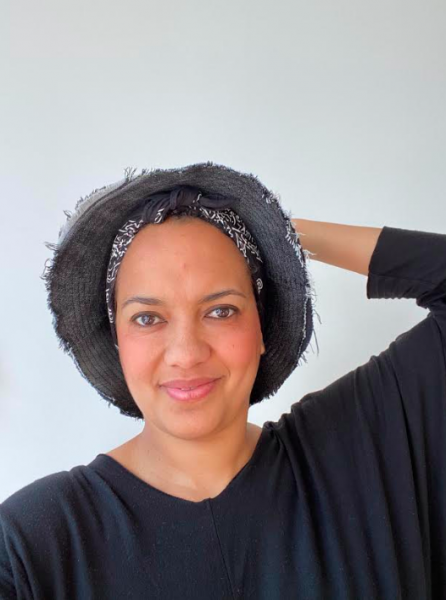
Tell us about your past creative projects. What has been your most treasured creation/ a highlight so far?
I’ve tried to use each collection as a way to explore a new sustainable technique or approach, therefore the process can differ each time and this is exciting. Putting into place parameters and then creating art from within those boundaries. I have done zero waste, hand knitting, patchwork, Japanese Boro and Sashiko repairs, worked with post and pre consumer waste, deconstructed and reconstructed garments, used found objects, over-dying etc. The first sustainability activity we did at uni is probably the most pivotal because it drew in my past environmental studies and put it firmly in a design context by thinking of fashion conceptually as opposed to as just a visual medium. I created a wearable sound system from speakers found at the tip!
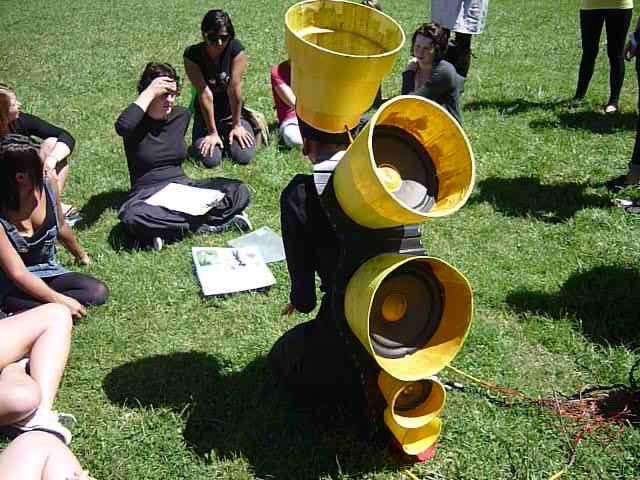
Tell us about your current project?
I just presented a collaboration with SUK Workwear at Revival Runway, it was so good to work with a company that has such good social ethos and great representation in their media, and the fabrics of their garments are so nice to work with! I’m also looking forward to custom making garments in collaboration with the wearer in an SZN style.
Who or what was inspires your practice?
I am inspired by music, people who take chances in life to do something even when it’s not easy and I appreciate good design. Melbourne is such a creative place with things happening all the time, there’s so much I want to go to.
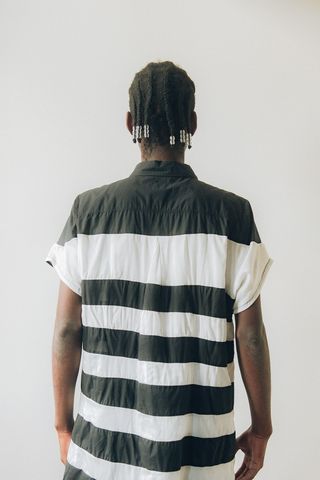
Photo credit: @b_g_dowd

Photo credit: @b_g_dowd
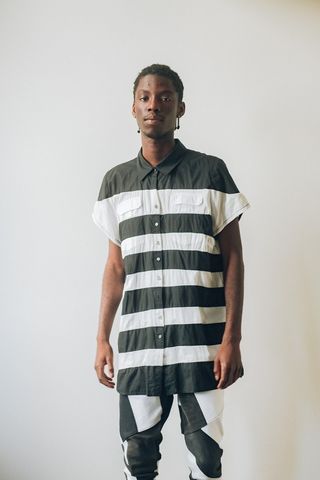
Photo credit: @b_g_dowd
Where do you feel most creative?
In my studio experimenting, listening to podcasts or music and drinking tea. When I have time and space to think, the ideas are endless. Sometimes it is getting out of town physically, but music can take me to that place mentally.
What do you hope audiences take from your work?
That fashion is art. It’s not frivolous but it can be fun, it is work from thoughtful contemplation and it should be enjoyed, it should be worn and transformed by the wearer, and it’s for you: not younger or older or different shaped you.
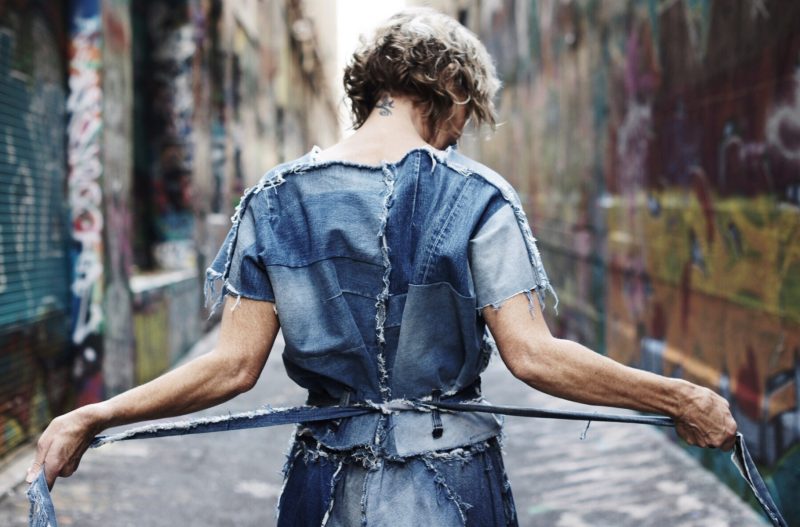
Can you provide some insight into the slow fashion world? Where are we heading in the future in terms of slow fashion?
It’s nice to have carved out a space and way of living that allows me to do what I do, but it shouldn’t be this hard. We still have many issues in fashion to do with unethical and unsustainable practices, and while what I do seeks to be better, I am pretty far down the chain in a huge industry that needs intervention. If the cost of living was less of a factor for most people I think we’d see more sustainable fashion labels thrive and survive, for both the maker and the wearer who is able to spend more on less but better clothes.
What future projects are you looking forward to?
I’d love to have a more open space to invite people in to participate in the design process, so maybe a public facing studio. For now I have my sights set on Melbourne Fashion Week, fingers crossed I get in!
Whose work are you digging at the moment?
In music Amythyst Kiah.
In fashion Remuse, Tamara knows how to not just make amazing conscious clothes, but to also activate a space and community in inspiring events.
In the socials the hashtag #upcycledfashion
